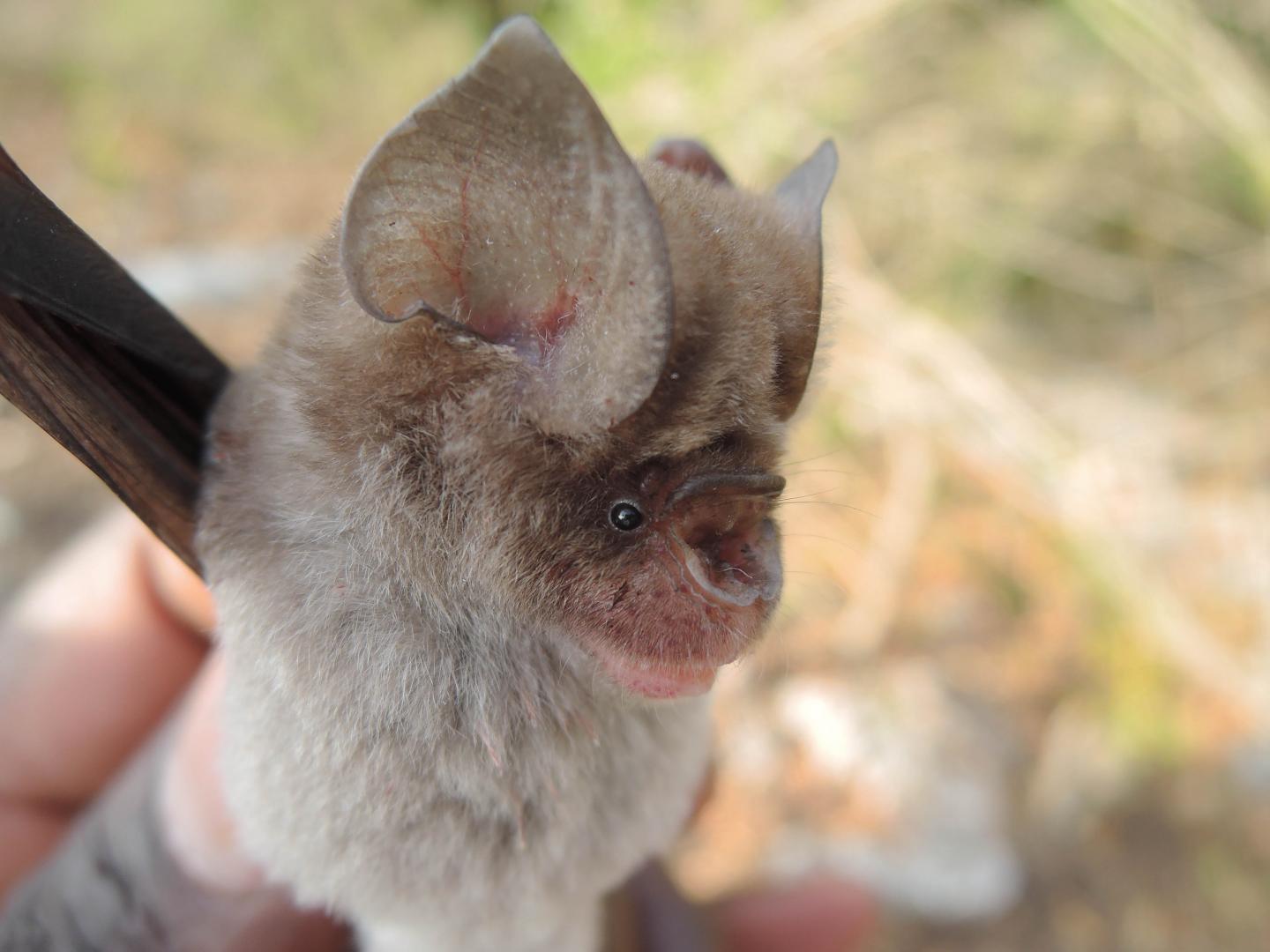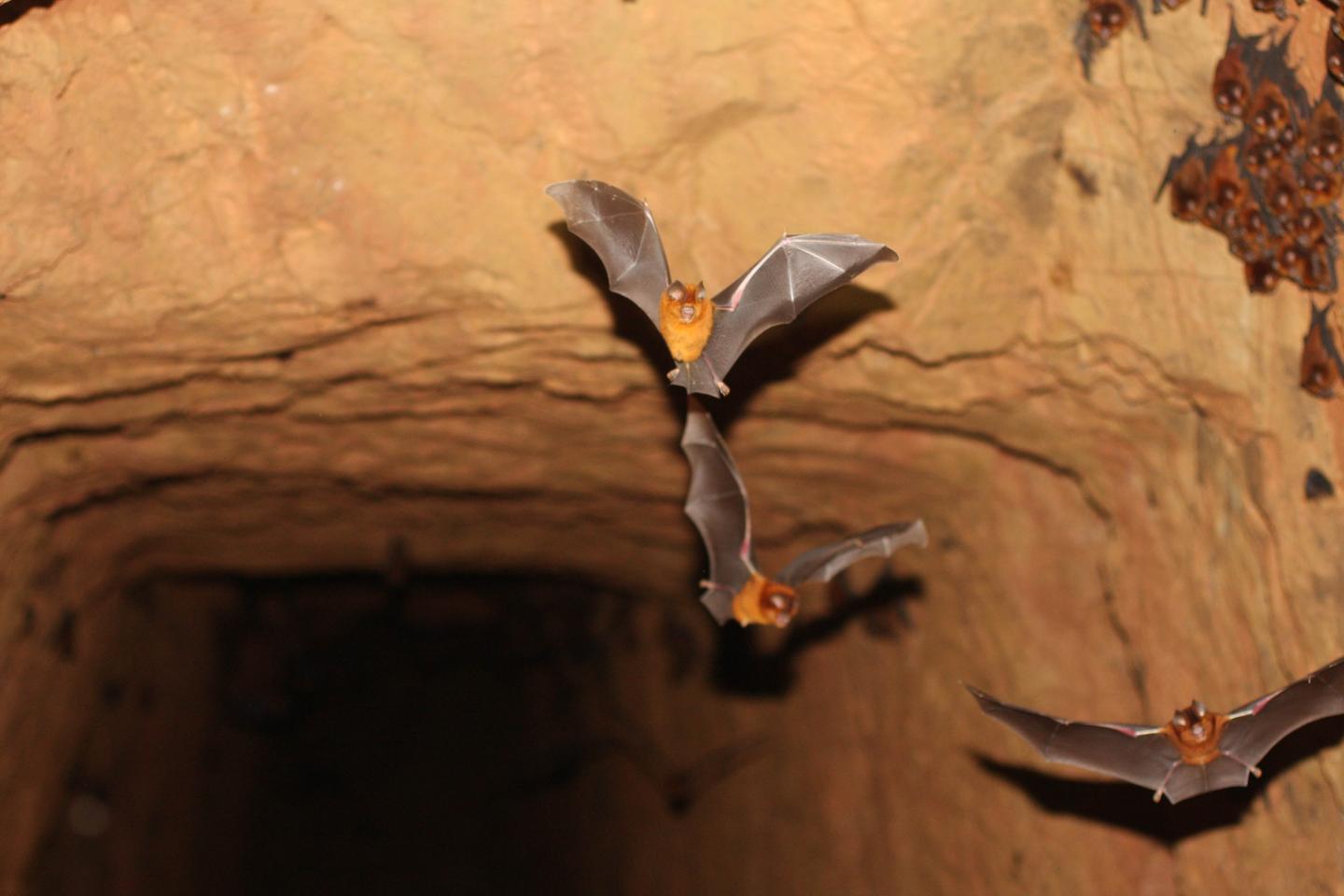Bats play a huge but poorly understood role in people's lives. They pollinate our crops, eat mosquitoes,
With COVID-19 we have a virus that comes fromhuman population. It originated from the horseshoe bat in China. There are 25 or 30 species of horseshoe bats in this country, and no one can determine which one was involved. We must find out more about them and their relatives. None of these flower bats found carry the disease that has caused the pandemic today, but we know that won't always be the case. And we don't even know how many species there are.
Bruce Patterson, MacArthur Curator of Mammals at the Field Museum and lead author of the article
The bats that scientists have found are fromHipposideridae family. They got their general name from elaborate valves on the skin of the nose, which are used as radar plates to communicate and catch insects. This family is distributed throughout Africa, Asia and Australia, but its African members are little known to science due to the lack of research and political unrest in the areas where they are found.
To better understand how leafy bees are distributedbats and how they are related to each other, scientists conducted a genetic analysis. The study of these bats in Africa is almost entirely based on museum exhibits collected in various parts of Africa over the past few decades. In several cases, the supposedly widespread species turned out to be several genetically different species that simply looked the same. They are often similar to established ones, but DNA hints at their various evolutionary stories.



Genetic studies indicate atat least four new and undescribed species of bats. They do not yet have official names, but they give an idea of how much we have yet to learn about bats in Africa.
This discovery is of particular importance in the eraCOVID-19. The new species did not play any role in the coronavirus pandemic, just like their sister family of horseshoe bats. Horseshoe bats transferred the new coronavirus to other mammals (possibly the endangered lizard), which then transmitted the disease to humans. This is not the first time humans have been infected by bats.
All organisms have viruses.Roses in your garden have viruses. We worry about viruses when it comes to flu and pandemics, but it's part of nature. And many of them are harmless. But while all animals carry them, bats seem to be especially good at passing them on to us. This may be because bats are among the most social mammals, living in colonies of up to 20 million. Because they cluster together and look after each other, it doesn't take long for a pathogen to travel from one end of the colony to the other.
Bruce Patterson, MacArthur Curator of Mammals at the Field Museum and lead writer for the paper
Other possible reasons batssusceptible to the spread of diseases, can be explained by their ability to fly. Flying is the most energetically expensive way to travel. And since flying is such hard work, mice have a high metabolism and a strong immune system, and their DNA is really well restored when damaged. This extra stamina means that bats can harbor pathogens without getting sick on their own; the same dose can be harmful to people who come in contact with bats.
And although these bats usually don't have muchcontact with people, the more people destroy their habitats and expose themselves through hunting and eating bat meat, the higher the likelihood that these animals will spread viruses among people.
The researchers also note that although volatileWhile horseshoe bats, rather than their snout-nosed cousins studied in this paper, have been linked to the spread of COVID-19, it is still important to study snout-nosed bats to prevent future outbreaks.
In addition to questions about how bats can harm humans, we need to make sure that we humans don't harm them in the hope of curbing the disease.